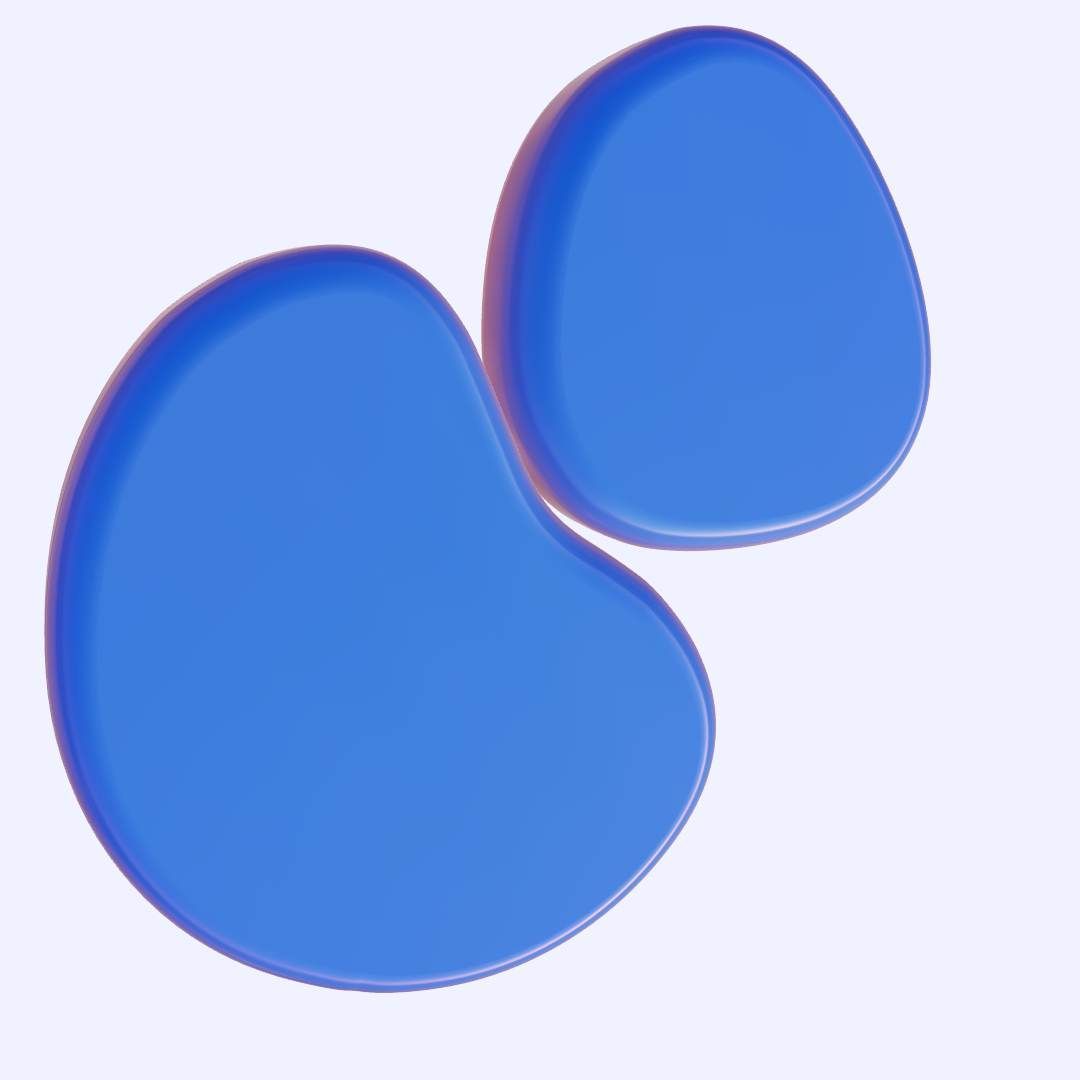Looking for the best system for sending newsletters? Discover the tools we recommend.
How to Write Compelling Introductions for Newsletters
Understanding the Importance of a Powerful Introduction
When it comes to newsletters, the introduction can make or break your message. A compelling introduction is essential because it draws in your readers, encouraging them to engage with the rest of your content. In fact, studies show that readers are 80% more likely to click on links within newsletters with strong opening lines. This means that every word counts!
So, how can you create introductions that grab attention and keep your readers interested? Let’s dive into some actionable tips that every retailer, marketer, and webshop owner can implement.
Use the Power of Storytelling
One effective way to captivate your audience is by using storytelling. Instead of just jumping straight into facts or promotional content, start with a relatable story that connects with your audience’s emotions. For instance, imagine you’re selling sustainable fashion. You could open with a story about a customer who transformed their wardrobe while helping the planet.
Pro tip: Use anecdotes that reflect the values of your brand. Don’t just tell any story; make sure it aligns with the interests and concerns of your audience.
Ask Provocative Questions
Questions are a great way to engage readers right from the beginning. By posing a thought-provoking question, you force readers to think and reflect on their own experiences. For example, “Have you ever felt overwhelmed by endless fashion choices?” This invites them to share their thoughts and keeps them reading to find answers.
Pro tip: Make your questions open-ended. This encourages engagement and invites readers to continue seeking insights in the rest of your newsletter. Consider incorporating a survey or poll related to the question.
State the Benefits Upfront
People are inherently self-interested. If they don’t see a benefit quickly, they may not continue reading. Start your introduction by clearly outlining what readers can gain by reading further. For instance, you could say, “In today’s newsletter, discover three simple strategies to boost your online sales immediately.”
Pro tip: Be specific about the benefits. Using numbers like “three strategies” creates a clear expectation for your audience and makes your content seem digestible.
Crafting Your Voice and Tone
Your brand’s voice and tone play a vital role in how your message is received. Depending on your audience, you will want to adjust your writing style accordingly. For example, if you run a food blog, a casual and humorous tone might resonate well compared to the more formal tone required for a financial newsletter.
Consistency is Key
When crafting your introductions, consistency is essential. Not only does it strengthen your brand identity, but it also sets reader expectations. If your newsletter has a quirky tone, your introductions should reflect this consistently.
Pro tip: Create a tone guide for your brand. This will help your team maintain consistency across all newsletters and content types.
Match Your Audience’s Expectations
Knowing your audience is critical to how you write your introductions. Are they professionals? Trendsetters? Parents? Understanding your reader demographic will allow you to tailor your tone to match their expectations.
Pro tip: Use analytics tools to gather data on your past newsletters. Analyzing which introductions worked best will help refine your understanding of what resonates with your audience.
The Importance of Personalization
In today’s world, **personalization** is more crucial than ever. People are more likely to engage with content that feels tailored to them. Personalization goes beyond just inserting the reader's name in the greeting. Start your introduction by acknowledging current events, seasons, or trends relevant to your audience’s interests.
Enhancing Reader Connection
By referencing events relevant to your audience, you create a connection and demonstrate that you understand their world. For example, referencing the latest fashion trends in your newsletter can help readers feel aligned with your brand.
Pro tip: Segment your audience to tailor content further. By grouping your audience based on interests or behaviors, you can create customized introductions that engage specific segments.
Utilize Data to Optimize
Data can be a game-changer in crafting personalized introductions. Analyzing metrics such as reader behavior, click-through rates, and engagement can provide invaluable insights. By understanding what type of introductions resonate most, you can consistently improve your strategy.
Pro tip: Regularly review your newsletter data. Identify trends in engagement to determine the most effective introduction styles for future newsletters.
A/B Testing Your Intros
A/B testing is an excellent way to discover what introduction works best for your audience. By comparing two different introductions, you can analyze which one drove more clicks and engagement. Maybe one opening statement will resonate better than a different phrasing.
Optimizing for Performance
Using A/B testing allows you to experiment with different styles, tones, and formats of introductions. For example, try A/B testing a narrative introduction against a direct one, then analyze which one generates more engagement.
Pro tip: Keep your A/B tests consistent and singular. Test only one variable at a time to accurately gauge which element makes a more significant impact.
Interpreting Your Results
Collecting data is important, but interpreting it is where the real value lies. Look for patterns and insights in the data you gather from your A/B tests. For instance, if your audience prefers storytelling over direct statements, you should start integrating that style into your future introductions.
Pro tip: Use a simple Excel sheet to track the results of your A/B tests. This visual representation can make it easier to see trends and decide future strategies.
Conclusion: Crafting Your Winning Introduction
In conclusion, the craft of writing powerful introductions for newsletters is an art that can significantly impact reader engagement and ultimately, sales. By implementing the strategies outlined above, such as storytelling, provocative questions, and personalized content, you can create introductions that resonate.
Remember to keep testing and refining your approach. With continuous effort, you’ll find the perfect blend that speaks to your audience and turns your newsletter into a compelling communication tool.

